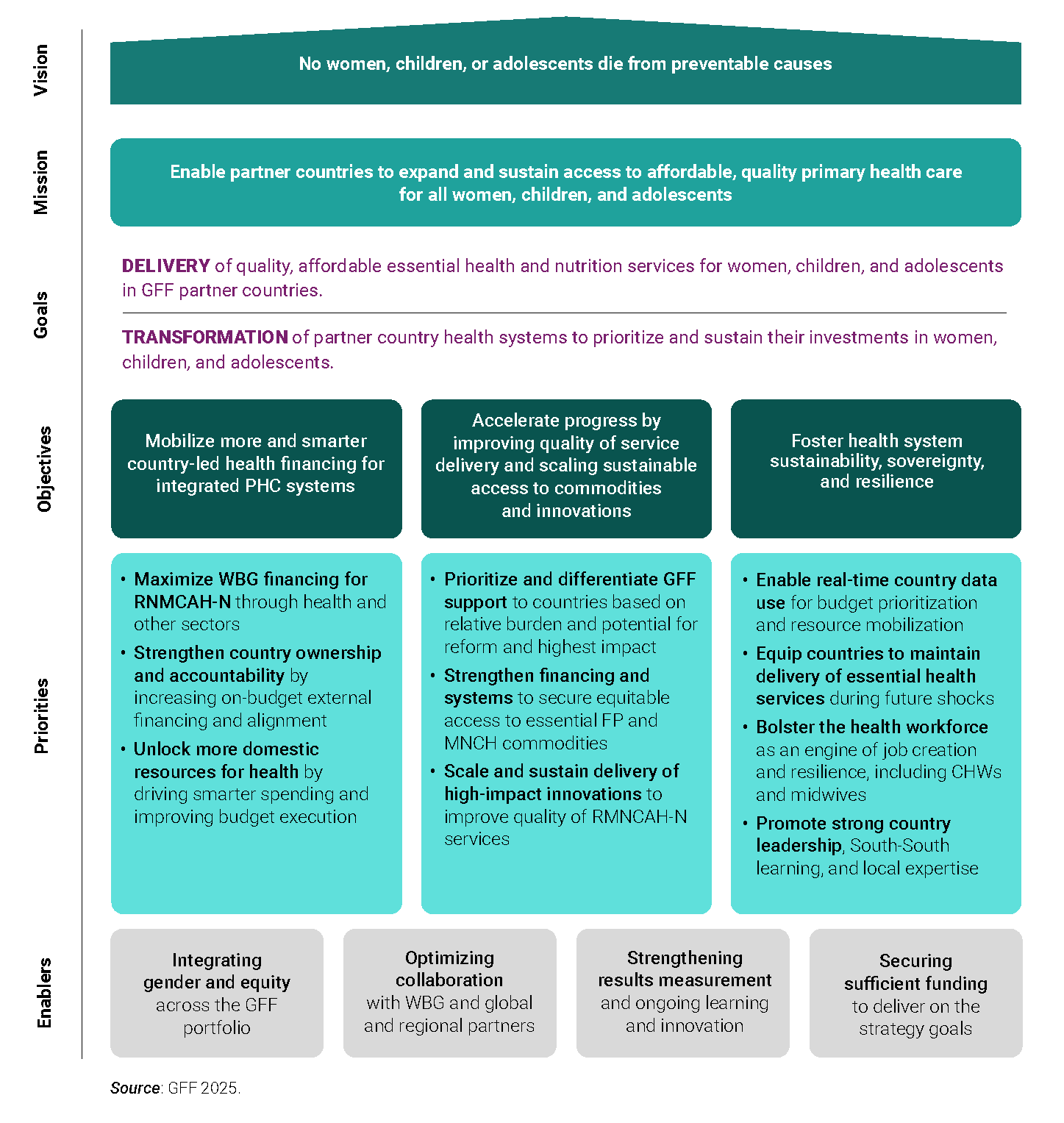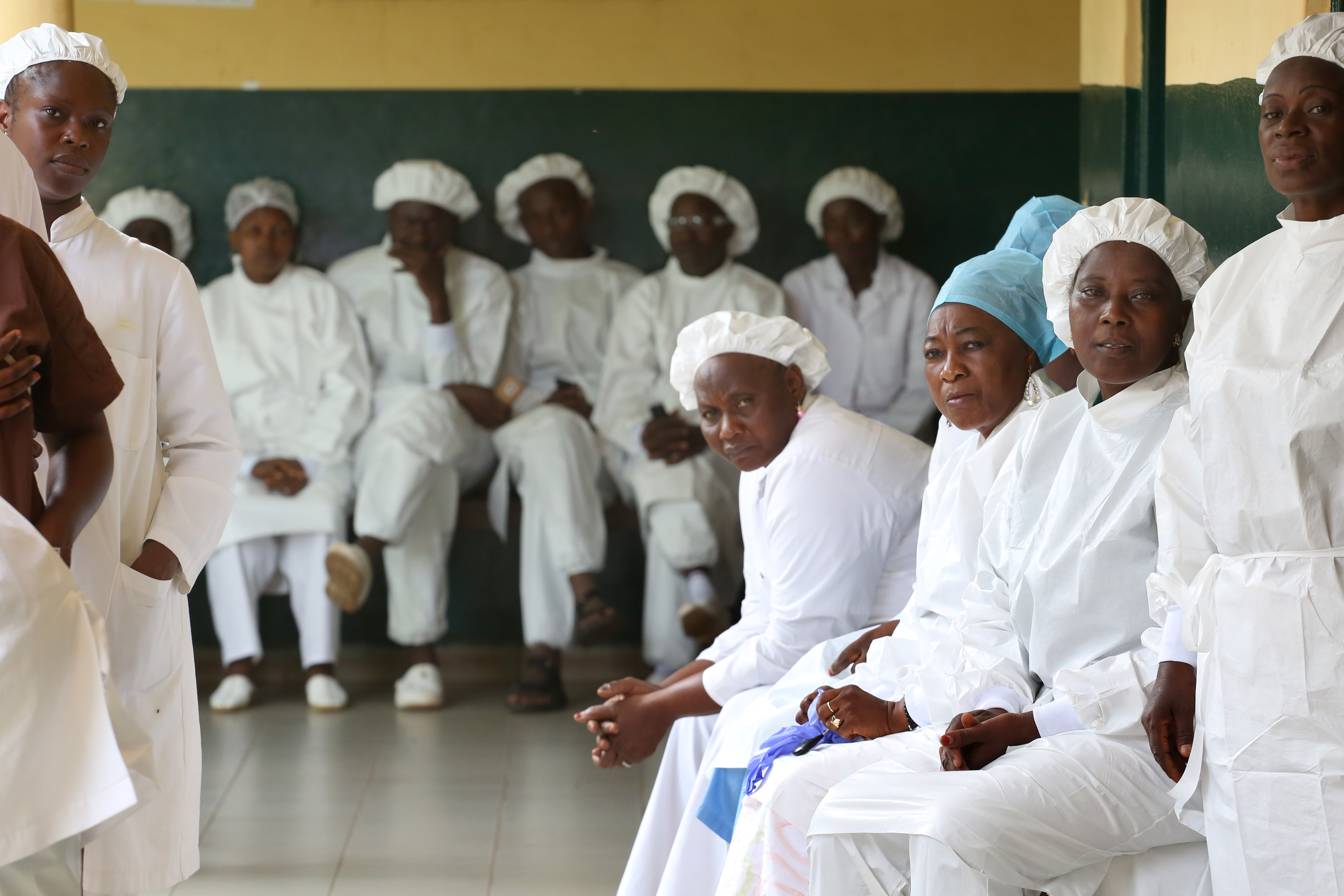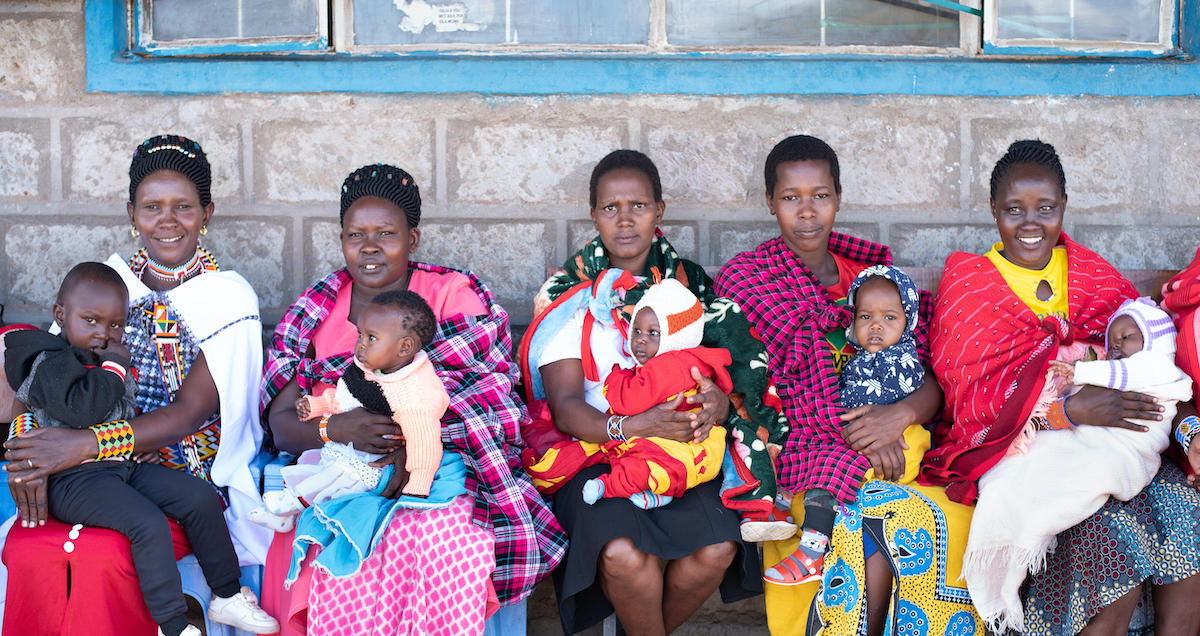Strategy
Investing in the health of women, children, and adolescents is one of the most impactful actions a country can make. It saves lives, empowers women to be agents of change in their communities, and promotes prosperity and resilience.
Since 2015, the GFF has mobilized US$2.5 billion in grants and leveraged over US$11 billion in World Bank Group financing to support reproductive, maternal, newborn, child and adolescent health and nutrition. All GFF partner countries have reduced their levels of maternal and child mortality and adolescent births, expanded access to modern family planning, and three-quarters have reduced their rates of childhood stunting.
Through its new TRANSFORM 2030 strategy, the GFF will build on these results over the next five years and help partner countries speed, scale, and sustain progress, and emerge stronger, self-reliant, and resilient.
Developed in consultation with country and global stakeholders, the strategy sets two ambitious goals:
Goal 1
Delivery of quality, affordable essential health and nutrition services for women, children, and adolescents in GFF partner countries.
Goal 2
Transformation of partner country health systems to prioritize and sustain their investments in women, children, and adolescents.
Strategy Overview


GFF Strategy 2026–2030: TRANSFORM 2030—Transforming Health Systems, Saving Lives
The strategy for 2026–2030 was endorsed by the GFF Investors Group and Trust Fund Committee in November 2025.
